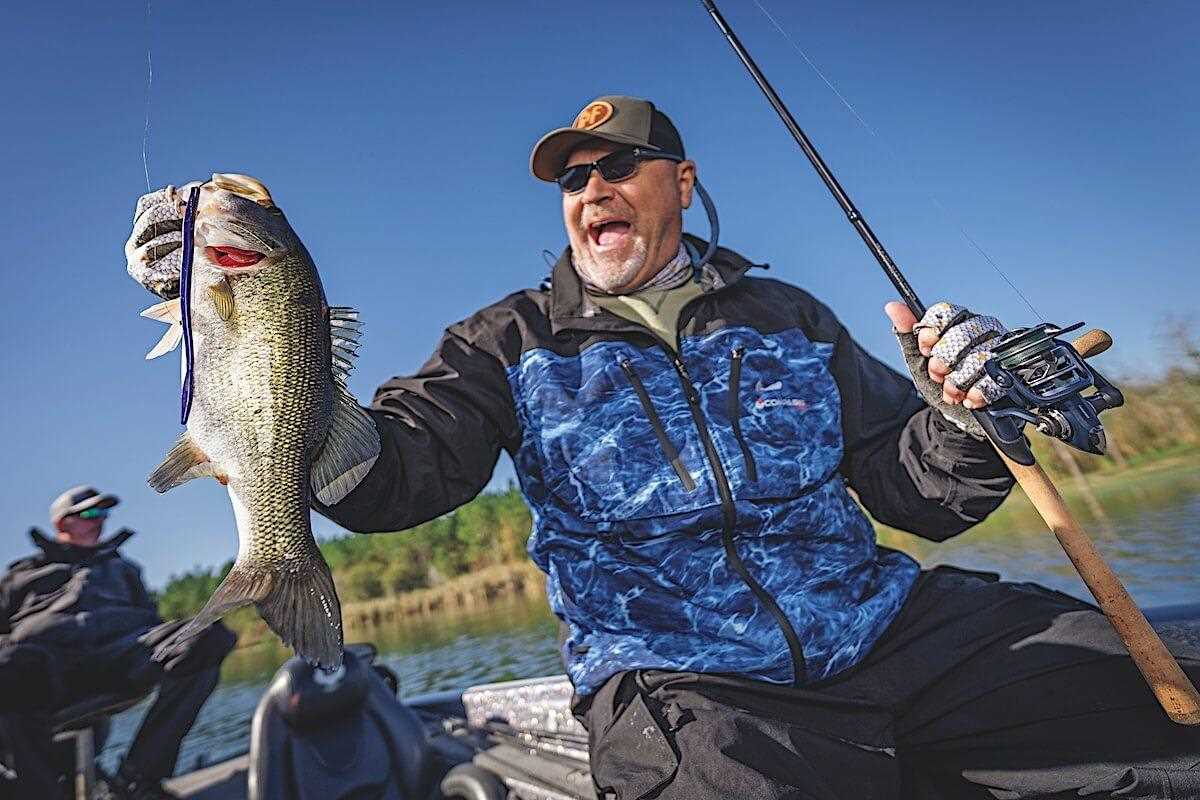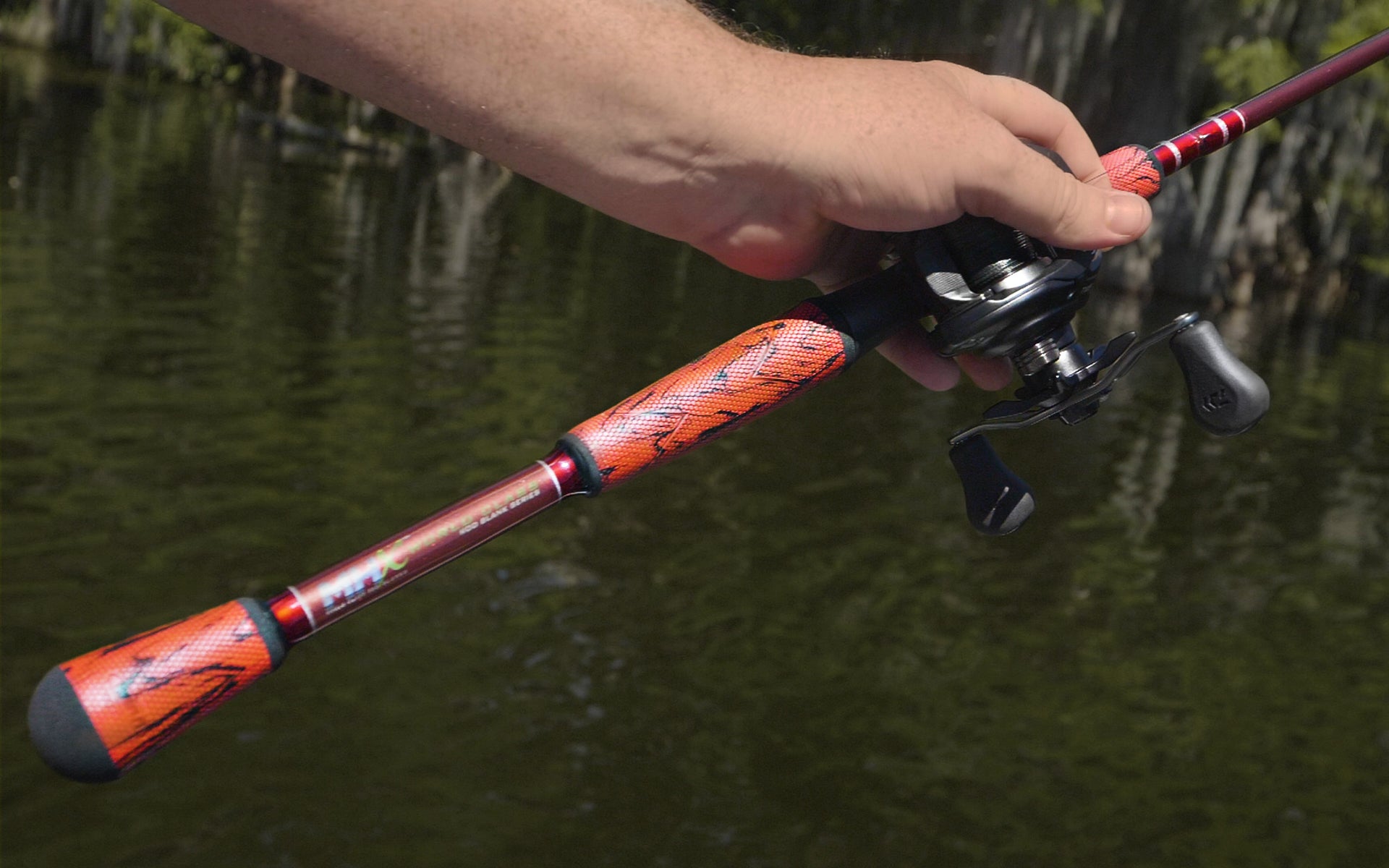Introduction:
When it comes to bass fishing, having the right fishing rod is crucial for a successful and enjoyable experience. The perfect rod can make a significant difference in your ability to accurately cast, detect subtle bites, and successfully land those prized bass. In this comprehensive guide, we will explore the different factors and features to consider when choosing a bass fishing rod, providing valuable insights to help you select the ultimate weapon for your angling endeavors.
-
Understanding Bass Fishing Rod Types and Their Advantages
1.1 Casting Rods:
Casting rods are designed to pair with baitcasting reels and are known for their accuracy, power, and ability to handle heavier lines and baits. They offer excellent control for precise lure placement and are ideal for targeting larger bass or fishing in heavy cover.
1.2 Spinning Rods:
Spinning rods, paired with spinning reels, are versatile and user-friendly. They excel at casting light lures and using finesse techniques, making them suitable for anglers of all skill levels. Spinning rods are great for fishing smaller bass and in situations requiring finesse and sensitivity.
-
Length and Action: A Balancing Act
2.1 Rod Length:
The length of a bass fishing rod affects various aspects of your fishing experience. Shorter rods (around 6 to 6.5 feet) offer better maneuverability and control in tight spaces or when fishing from a kayak. Medium rods (around 7 to 7.5 feet) strike a balance between control and casting distance, suiting a wide range of fishing techniques. Longer rods (8 feet or longer) excel in long-distance casting, allowing you to cover more water and reach distant targets.
2.2 Action:
The action of a rod refers to how much and where it flexes along the blank when pressure is applied. Fast-action rods bend mostly in the top third, providing a sensitive tip for quick hooksets and improved lure control. Moderate-action rods bend more progressively through the middle section, offering a combination of power and flexibility. Slow-action rods bend throughout their length, providing a forgiving and gentle presentation, ideal for light lines and finesse techniques.
-
Power: Matching Your Rod to Bass Size and Fishing Conditions
3.1 Power Classification:
Power refers to the rod’s lifting strength and its ability to handle different line strengths and lure weights. Bass fishing rods are typically classified as light, medium-light, medium, medium-heavy, or heavy power.
3.2 Light and Medium-Light Rods:
Light and medium-light rods are suitable for finesse techniques, small lures, and fishing in clear or calm conditions. They allow for better sensitivity and delicate presentations, making them ideal for targeting smaller bass.
3.3 Medium and Medium-Heavy Rods:
Medium and medium-heavy rods offer a balance between sensitivity and power, making them versatile options for a wide range of bass fishing situations. They provide adequate strength to handle medium-sized lures and fight larger bass, making them popular among anglers.
3.4 Heavy Rods:
Heavy rods are designed for targeting big bass, fishing in heavy cover, and handling heavy lures and lines. These rods offer the necessary power for casting and controlling larger baits, as well as for successfully landing larger fish.
-
Material Matters: The Battle Between Graphite and Fiberglass
4.1 Graphite Rods:
Graphite rods, also known as carbon fiber rods, are popular among bass anglers due to their lightweight, sensitivity, and responsiveness. They transmit vibrations effectively, allowing you to detect even the slightest bites and make precise lure presentations. Graphite rods generally have faster action and provide a more efficient energy transfer during casting.
4.2 Fiberglass Rods:
Fiberglass rods are known for their durability, strength, and forgiveness. They offer a softer action, which absorbs shocks and is more forgiving when fighting fish, reducing the risk of line breaks or hook pulls. Fiberglass rods are great for fishing in heavy cover or when using larger baits that require more power to cast and control.
-
Handle Comfort and Grip: Finding Your Perfect Connection
5.1 Handle Material:
Bass fishing rod handles are typically made of cork, EVA foam, or synthetic materials. Cork handles provide a traditional and comfortable grip, conforming to the angler’s hand over time. EVA foam handles offer a soft and tactile grip, providing excellent durability and comfort, even in wet conditions. Some advanced synthetic materials offer similar benefits to cork or EVA foam while providing increased durability and resistance to wear and tear.
5.2 Handle Length and Configuration:
Consider the length and configuration of the handle to ensure a comfortable and ergonomic grip. Longer handles allow for two-handed casting and provide better leverage for increased casting distance, while shorter handles offer increased control for accurate presentations. Experiment with different handle lengths and shapes to find the one that suits your casting style and preferences.
Conclusion:
Choosing the best rod for bass fishing is a critical decision that can significantly impact your angling success and overall enjoyment on the water. By considering factors such as rod type, length, action, power, material, handle comfort, and grip, you can make an informed decision and select the ultimate fishing weapon tailored to your fishing style and preferences. Remember that the best rod is the one that feels comfortable in your hands, matches your fishing goals, and enhances your ability to accurately cast, detect bites, and successfully land those elusive bass. With the perfect rod in your hands, you’ll be well-equipped to tackle any bass fishing challenge and create unforgettable angling experiences.
In conclusion, choosing the best rod for bass fishing requires careful consideration of several factors, including rod type, length, action, power, material, and handle comfort. By understanding the advantages and suitability of different rod options, you can make an informed decision based on your fishing style, target bass size, and fishing conditions. Whether you prefer a casting or spinning rod, a shorter or longer length, a fast or slow action, or a graphite or fiberglass construction, the ultimate goal is to find a rod that feels comfortable in your hands and maximizes your angling success. With the right rod in your arsenal, you can confidently cast, feel even the slightest of bites, and reel in those elusive bass with precision. Remember to consider your individual preferences and trust your instincts when selecting the best rod for a rewarding and fulfilling bass fishing experience.


















